Cold emailing has become a vital tool for establishing connections and generating potential sales opportunities in today’s fast-paced business world. But how do you craft a winning cold email to potential client that captures the attention of your prospects and compels them to take action? The answer lies in understanding the art of cold emailing and employing proven strategies to engage your target audience.
In this comprehensive guide, we will explore the essential components of crafting successful cold emails, from identifying your ideal prospect and crafting an engaging subject line to presenting your unique value proposition and leveraging powerful follow-up techniques. By applying these principles, you will be well-equipped to create compelling cold emails that resonate with your prospects and drive meaningful results for your business.
Key Takeaways
- Understand the art of cold emailing and research potential clients to craft an effective outreach campaign.
- Identify pain points, create engaging subject lines, personalize your message, and provide value in order to maximize response rates.
- Leverage tools for optimization & analytics while following best practices such as proofreading & error checking for successful campaigns.
Understanding the Art of Cold Emailing
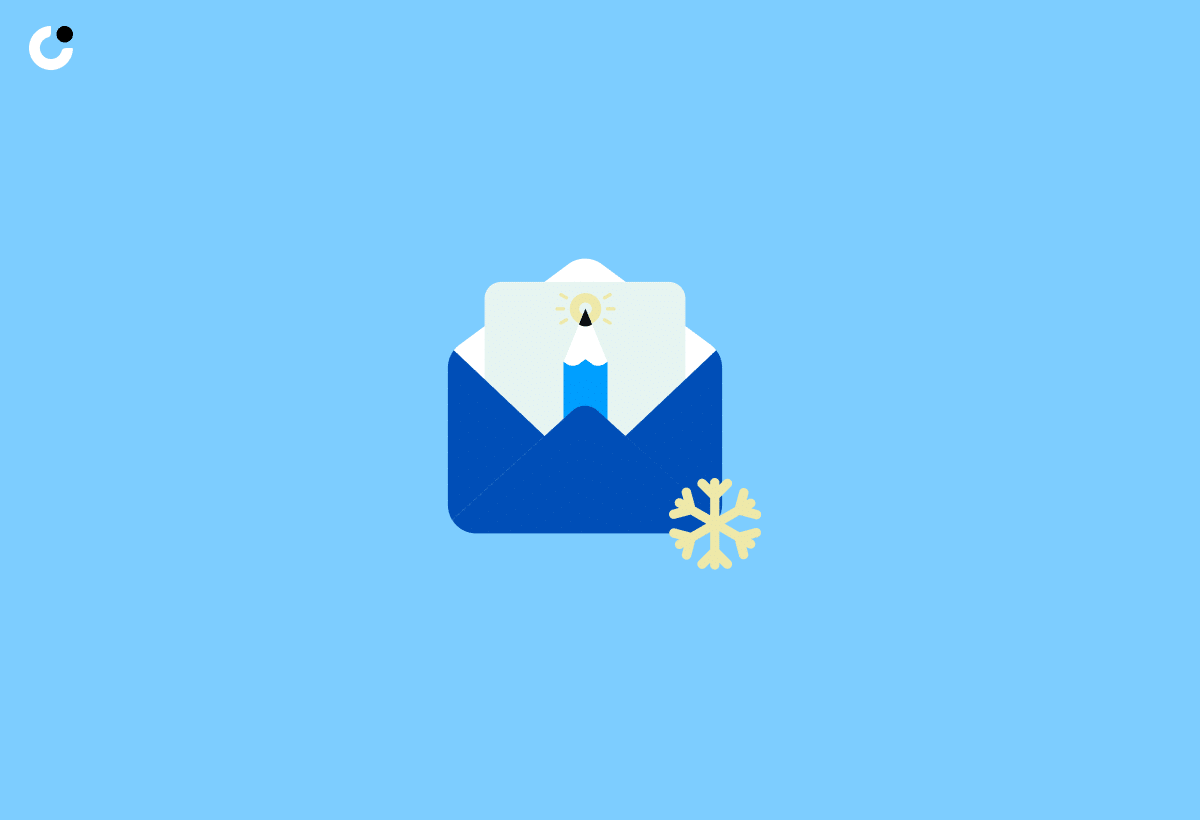
Cold emailing is a key strategy that helps in building relationships and creating potential sales opportunities. A successful cold email must include several distinct components, which are important when writing cold emails. Some key components to include in a cold email are:
- A clear and concise subject line
- A personalized greeting
- An introduction that grabs the recipient’s attention
- A value proposition or offer
- A call to action
- A polite and professional closing
Being persistent while maintaining a polite manner is key for successful cold emailing. Using a cold email template can help achieve consistency.
The purpose of a cold email is to establish a connection and demonstrate that you are here to provide value, not merely make a quick transaction. Examining cold email examples can help you understand how to craft an effective message that resonates with your target audience.
When concluding a cold email, it is important to consider how to make a lasting impression, as this can impact the success of your cold email outreach campaign.
Identifying Your Ideal Prospect

Prospecting, involving research, analysis of industry trends and pinpointing pain points to target appropriate potential clients, is a key step in the sales process. Ensuring that the potential customers you are reaching out to are relevant to your message is of the utmost importance.
The upcoming subsections will cover the strategies for researching potential clients, analyzing industry trends, and identifying pain points to create a successful cold outreach campaign.
Research Potential Clients

Research forms the basis of any successful cold emailing campaign, providing insights into your target audience and helping you tailor your message to their specific needs. When analyzing a prospect list, consider key demographic information such as industry and stage of growth, as well as behavioral data that can provide insight into where an organization is in the sales cycle. Detailed research ensures your outreach efforts are directed towards the correct potential clients, hence maximizing the effectiveness of your campaign.
There are various tools and techniques available to help you populate your cold email list, such as importing prospects from a file, manually entering them, or utilizing integrations with popular prospecting tools or Google Sheets. By leveraging these resources, you can streamline your prospect research process and enhance the efficiency of your cold outreach efforts.
Analyze Industry Trends

Staying updated with industry trends is key for creating relevant and effective cold emails that resonate with your target audience. By addressing specific pain points or challenges that your potential clients may be facing, you demonstrate an in-depth understanding of their industry and offer relevant solutions. This not only helps establish your credibility as an expert in the field but also increases the likelihood of your email being read and engaged with.
To research and analyze industry trends, you can:
- Read industry reports and publications
- Attend industry conferences and events
- Monitor industry-specific websites, blogs, and social media channels
- Conduct surveys and interviews with industry professionals
Staying updated with industry trends can help you understand your target audience’s needs and priorities, and position your product or service as a valuable solution helping them stay competitive in the market.
Identify Pain Points
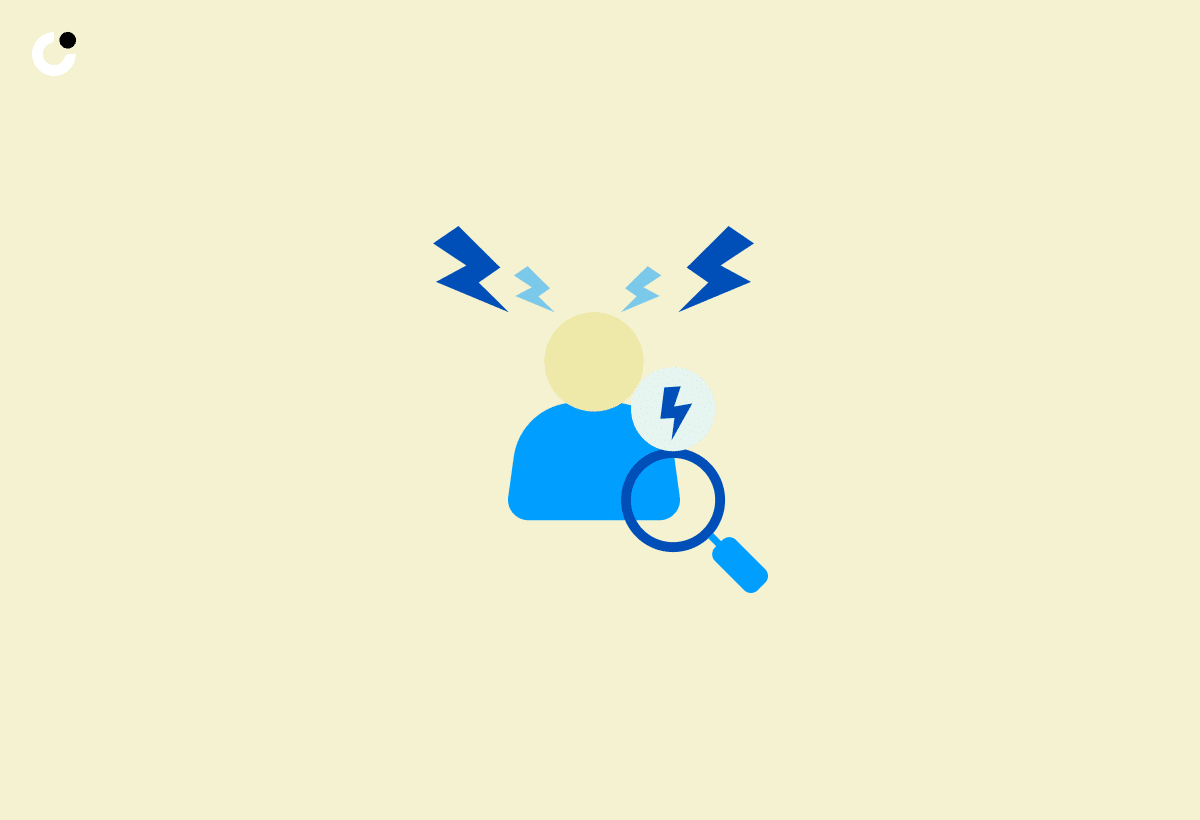
Recognizing your prospects’ pain points is an important step in creating a personalized and effective cold email. By understanding the specific challenges your potential clients face, you can tailor your message to address their pain points and demonstrate your ability to provide a solution.
There are several methods you can employ to conduct customer research and identify pain points, such as:
- Surveys
- Focus groups
- Analyzing complaints, questions, feedback, goals, or gaps
- Researching competitors’ platforms and community forums
By incorporating this research into your cold email, you can create a compelling and relevant message that addresses the prospect’s individual requirements and demonstrates your commitment to providing value.
Crafting an Engaging Subject Line

The subject line is a significant component of any cold sales email as it influences whether the recipient will open and read your message. Personalizing your subject line by incorporating the prospect’s name and addressing their needs or challenges can create the impression that the message is specifically for them, increasing the likelihood of building a customer relationship.
The upcoming subsections will cover personalization techniques, ways to avoid spam triggers, and subject line testing to increase open rates and the overall success of your cold email campaign.
Personalization Techniques

Personalization is key to successful cold emailing as it allows customization of email templates to align with the specific goals of the outreach campaign. Incorporating a prospect’s name in the subject line of a cold email can create the impression that the message is specifically for them, which can help to establish a personal connection and increase the likelihood of building a customer relationship.
Personalized cold emails generally have higher open rates than non-personalized emails. On average, this is about a 10% increase.
Avoiding Spam Triggers
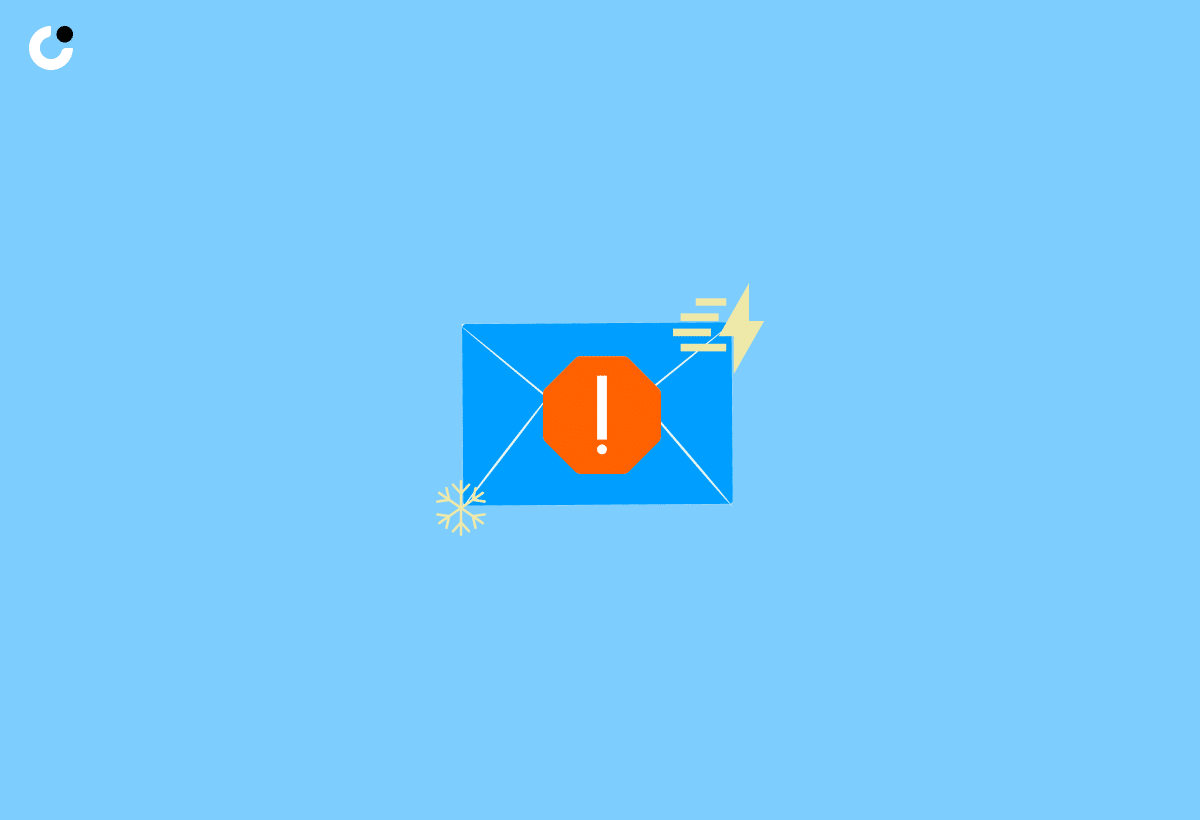
To minimize the chances of your cold email being marked as spam, avoid words and phrases in your cold email subject lines that might trigger spam filters, like:
- ‘free’
- ‘dollar signs’
- ‘limited time offers’
- phrases related to money
By carefully selecting your language and focusing on providing value to the recipient, you can increase the chances of your email being delivered to their inbox and engaging their attention.
Testing Subject Lines

Testing subject lines is significant in determining which one has the highest open rate, aiding in the optimization of your cold email campaign for success. By comparing the performance of different subject line variations, you can gain valuable insights into what resonates with your target audience and refine your subject lines to maximize their effectiveness.
This data-driven approach can help you to continuously improve your cold email outreach and achieve better results over time.
Writing an Effective Cold Email Introduction
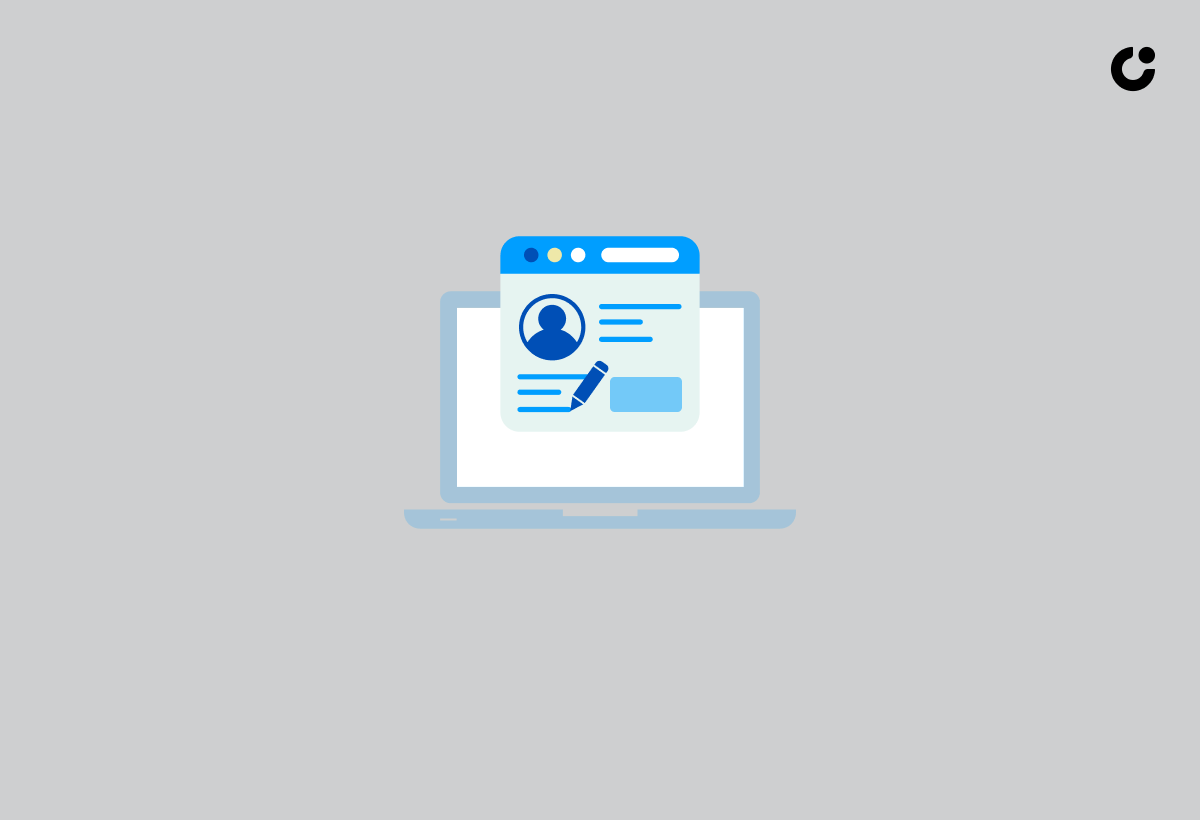
Writing an engaging introduction is key to capturing the prospect’s attention and encouraging them to read further. A thoughtful and personalized opening can make a strong first impression, demonstrating that you have conducted research on the company prior to contacting them.
The upcoming subsections will cover techniques for creating a personalized opening, showcasing research, and focusing on business goals to engage prospects from the start.
Personalized Opening
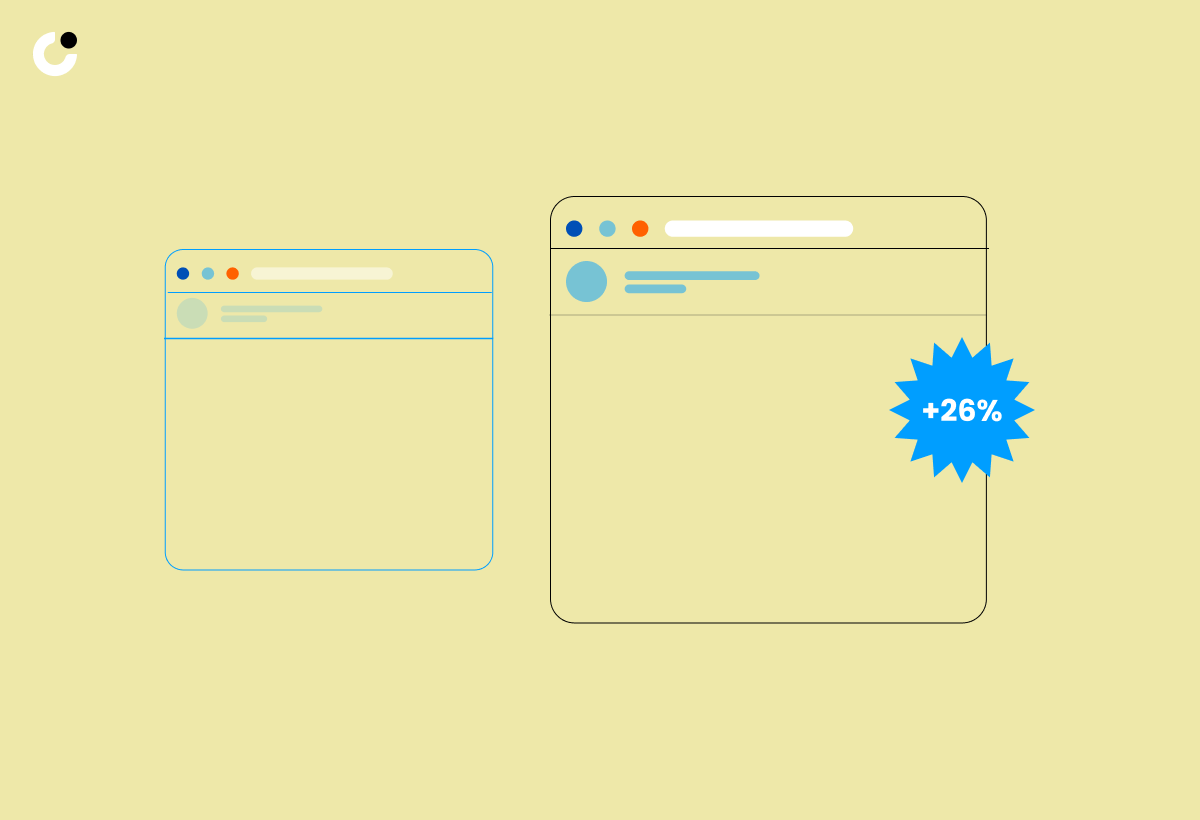
Referencing a noteworthy accomplishment, issue, or detail about the recipient’s business is an effective approach to personalize the beginning of a cold email. By demonstrating that you have taken the time to research the prospect and their company, you can establish a connection and increase the likelihood that they will engage with your email.
Personalizing the opening line of a cold email is a powerful strategy that can significantly improve the response rate and overall success of your cold email campaign. Utilizing a well-crafted cold sales email template can further enhance this approach.
Showcasing Research

Showcasing your research in a cold email is essential for demonstrating an understanding of the recipient’s business and the challenges they face. By highlighting specific pain points or trends relevant to their industry, you can offer valuable insights and solutions that can help them overcome obstacles and achieve their goals.
This not only helps to establish your credibility as an expert in the field but also increases the likelihood that your email with a professional email signature will be read and engaged with.
Focusing on Business Goals

Emphasizing the recipient’s business objectives and aligning your message with their goals is an effective strategy for engaging your prospects in a cold email. By understanding their specific needs and priorities, you can tailor your pitch to address their challenges and demonstrate the value you can bring to their organization.
This approach not only helps to create a connection with the prospect but also increases the chances of a favorable response and conversion.
Presenting Your Unique Value Proposition

A value proposition is an important part of any cold email as it communicates the benefits of your offerings to your intended recipients. A relevant value proposition can make a cold email more appealing by demonstrating an understanding of the recipient’s needs and creating a connection that encourages them to engage with your email.
The upcoming subsections will cover how to focus on benefits rather than features, use case studies and testimonials, and tailor your pitch to the prospect’s needs to create a compelling and persuasive value proposition.
Focus on Benefits, Not Features
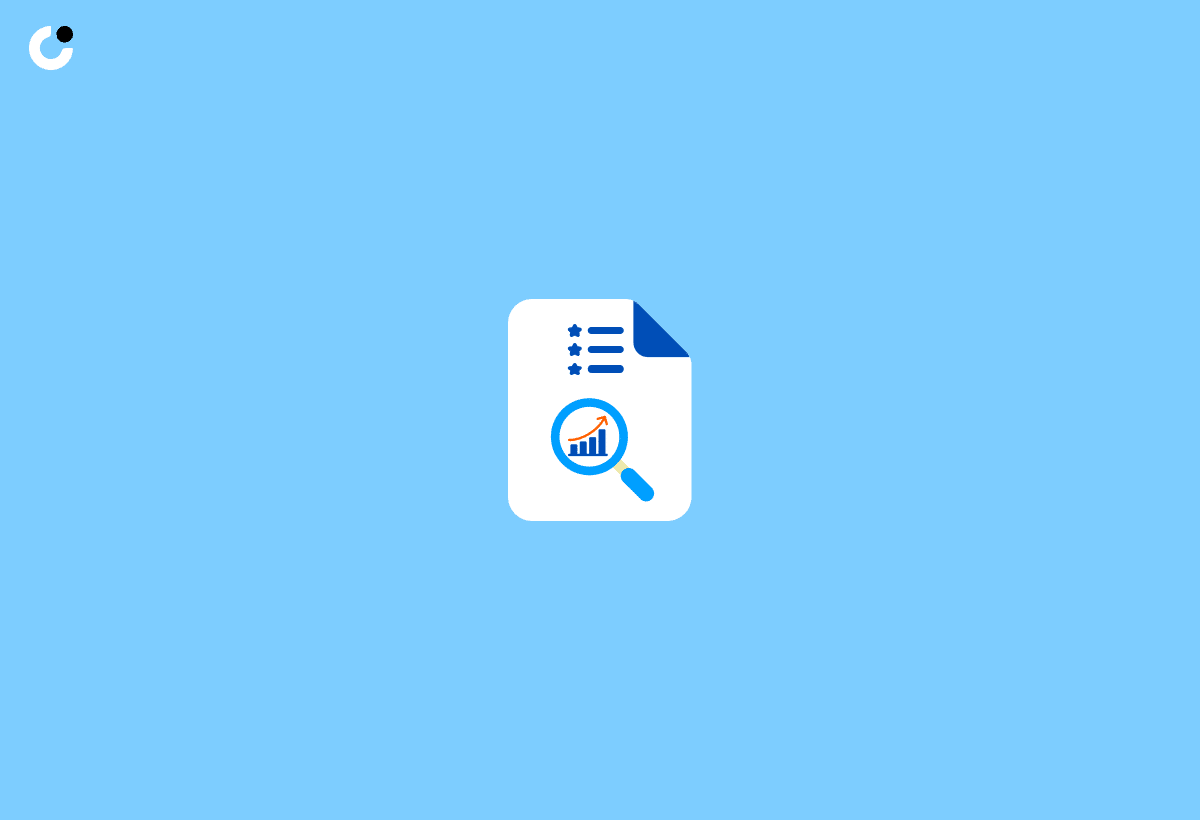
In your cold email, it is essential to emphasize the benefits of your product or service rather than its features. By highlighting how your offering can:
- Resolve an issue
- Meet a requirement
- Improve efficiency
- Save time or money
- Increase productivity
for the customer, you can create a more compelling message that resonates with your target audience.
Remember, it is important to showcase the value and advantages that the customer will gain from using your product or service, rather than simply listing its characteristics or functionalities.
Use Case Studies and Testimonials
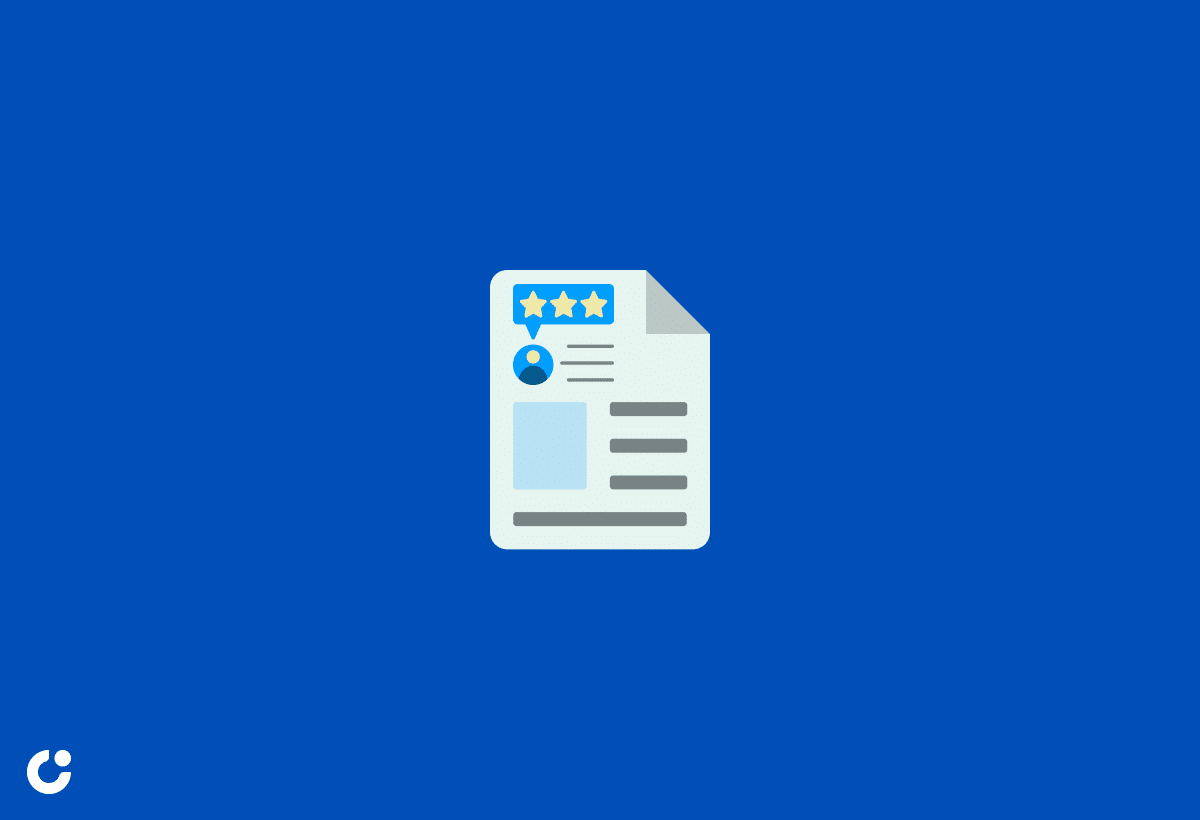
Incorporating case studies and testimonials in your cold email can build credibility and trust with your potential clients. By demonstrating how your product or service has helped other companies achieve their desired metrics, you can build authority and showcase the value you can provide. This social proof can be a powerful persuasive tool that can increase the likelihood of your prospects engaging with your email and taking the desired action.
Tailor Your Pitch to the Prospect

Crafting a tailored pitch based on your prospect’s specific needs and challenges is essential for creating a personalized and effective cold email. By understanding the pain points and priorities of your target audience, you can align your message with their goals and demonstrate how your product or service can help them overcome obstacles and achieve success.
This customized approach not only helps to create a connection with your prospects but also increases the chances of a favorable response and conversion.
Crafting a Clear and Direct Call-to-Action

A clear and direct call-to-action (CTA) is key to maximizing the response rate of your cold email. By providing a concise and precise direction for the recipient to take, you can simplify their response and improve the likelihood of them taking the desired action.
The upcoming subsections will cover how to choose the right CTA, keep it simple and actionable, and balance urgency and respect to prompt a response from your prospects.
Choose the Right CTA

To ensure effective CTAs for your cold email campaign, consider the following:
- Personalize your CTAs to make them more relevant to your target audience.
- Be concise and clear in your CTAs, making it easy for recipients to understand what action you want them to take.
- Create a sense of urgency in your CTAs to encourage immediate action.
By crafting a compelling CTA that resonates with your target audience, you can increase the chances of them taking the desired action and engaging with your email.
Remember, the goal of your CTA is to motivate the recipient to take a specific action, whether it’s scheduling a meeting, providing feedback, or making a purchase.
Keep It Simple and Actionable

When crafting a clear and direct call-to-action, it’s important to keep it simple and actionable. Here are some tips to consider:
- Provide a specific date and time for a meeting or call
- Offer a calendar link for easy scheduling
- Present a multiple-choice option for the recipient to choose from
By following these tips, you can streamline the recipient’s response and increase the likelihood of them taking the desired action.
Ensure your call-to-action is concise and easy to understand, as this will help to maximize the effectiveness of your cold email.
Balance Urgency and Respect
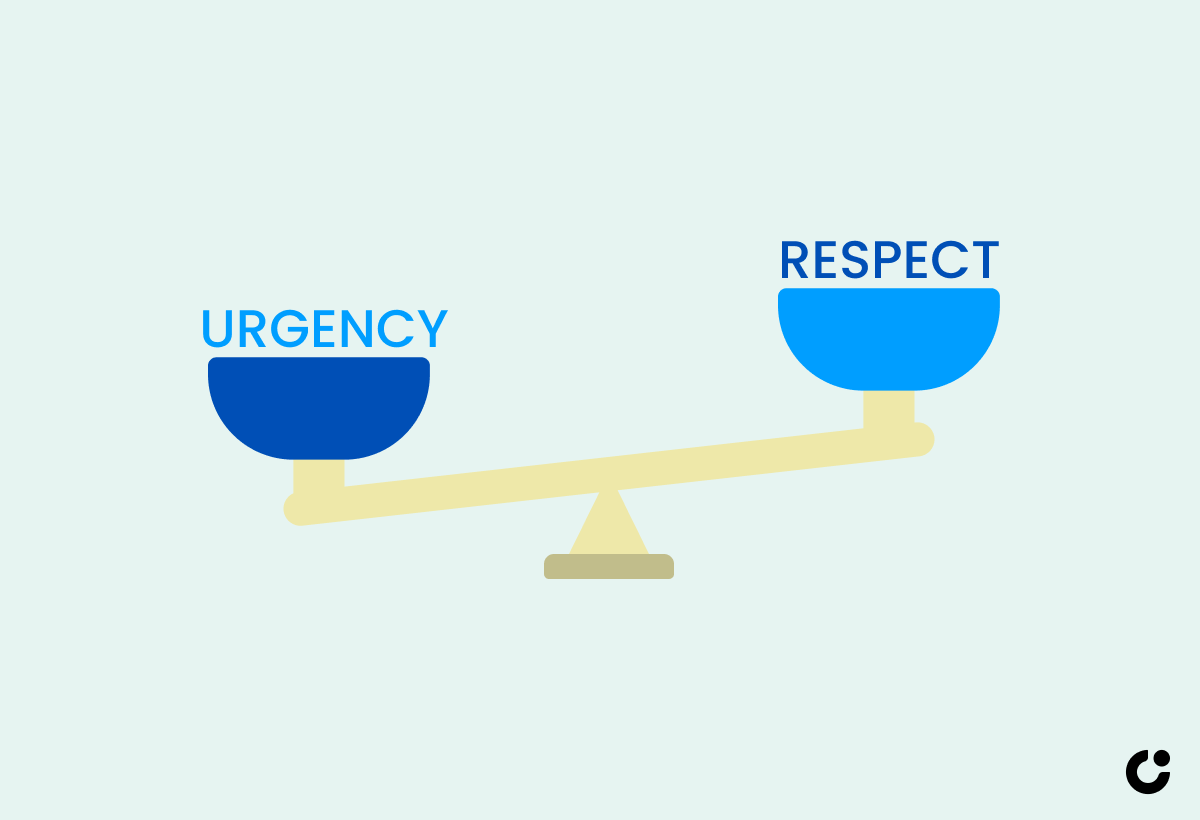
Finding the right balance between urgency and respect in your email CTAs is crucial to encourage action without coming across as overly pushy or intrusive. By crafting a compelling CTA that conveys a sense of importance and urgency while maintaining a polite and respectful tone, you can effectively motivate your prospects to take action and engage with your email.
Remember, the goal of your CTA is to prompt a response from your prospects, so be sure to balance urgency and respect to achieve the best results.
The Power of Follow-Up Emails
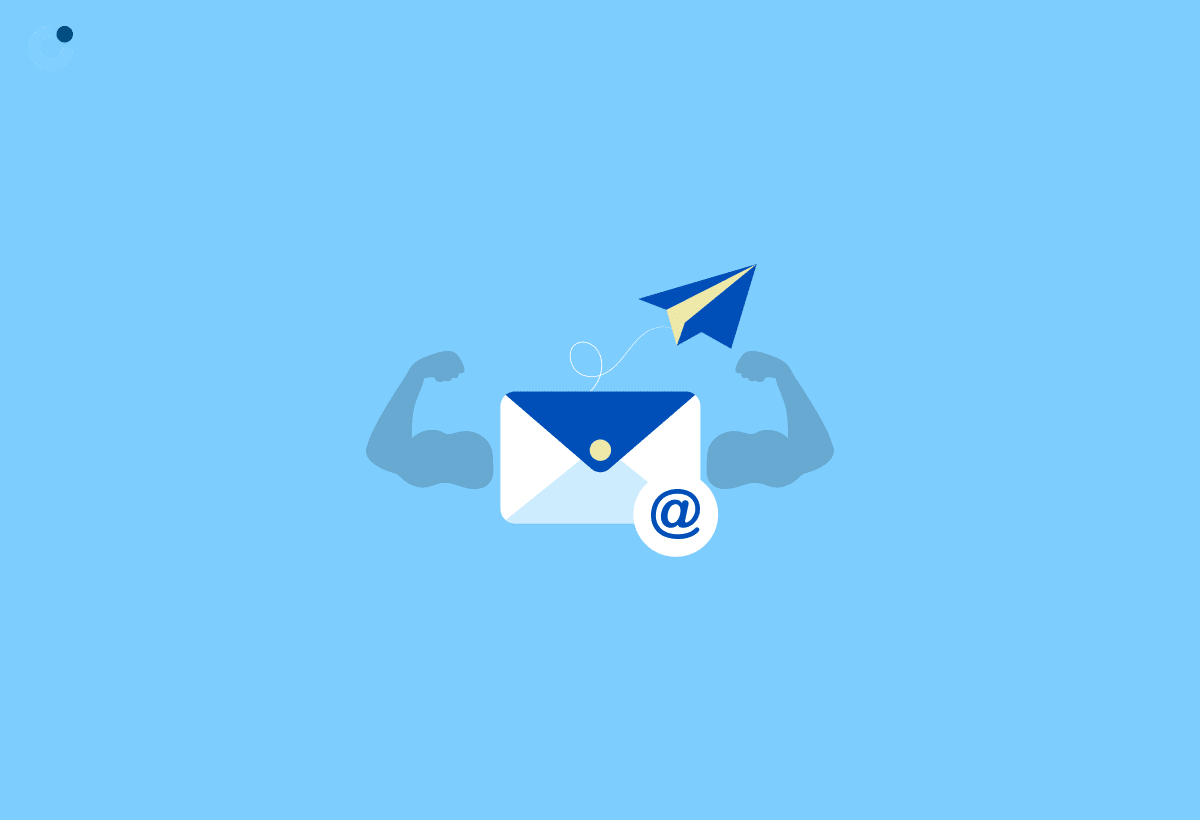
Follow-up emails play an important role in cold email campaigns as they can significantly boost reply rates and response rates. By sending timely follow-ups, you can maintain the momentum of your initial email and increase the chances of your prospects taking the desired action.
The upcoming subsections will cover:
- The importance of timing your follow-ups
- Providing additional value in your follow-up emails
- Knowing when to stop sending follow-up emails to optimize the performance of your cold email campaign.
Timing Your Follow-Ups
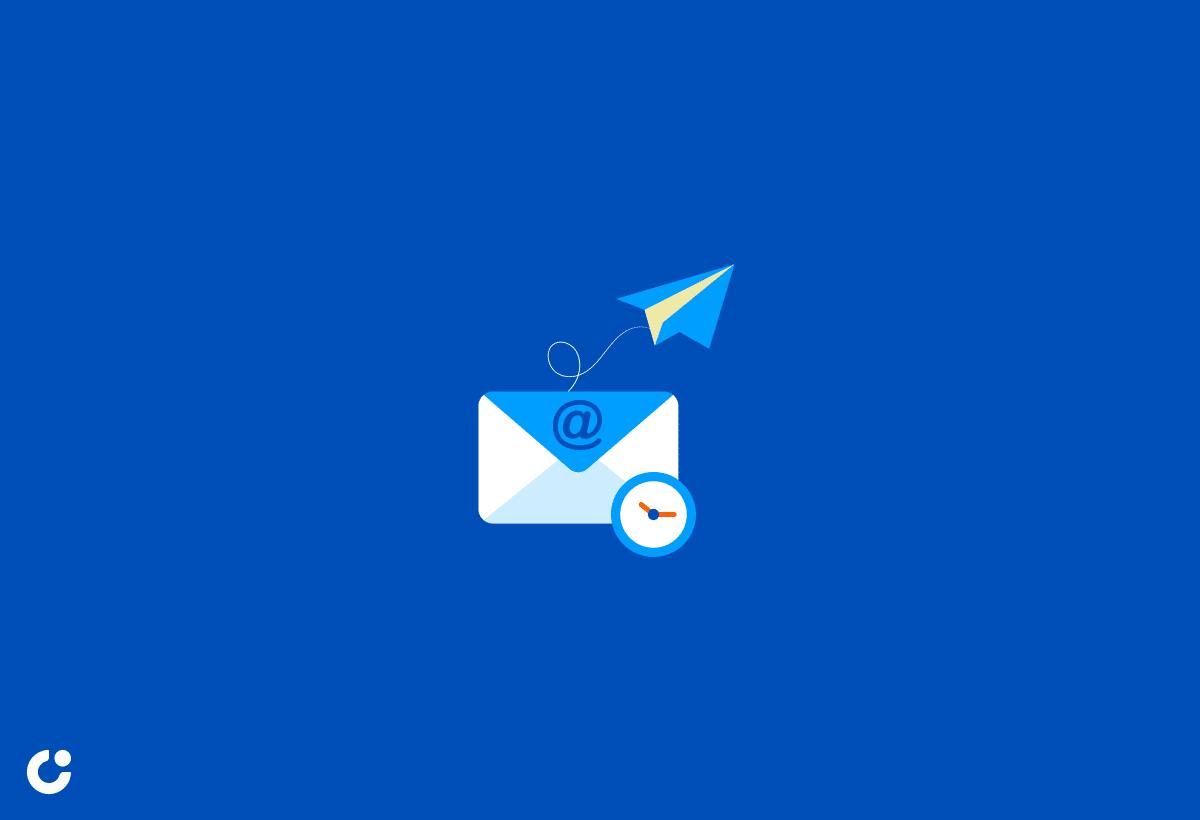
The suggested time frame for sending follow-up emails in a cold emailing campaign is typically within 3 to 5 business days after the initial email. However, it is essential to bear in mind that the number of follow-ups should be restricted to avoid being overly insistent or irritating.
Additionally, it is worth taking into account the particular context and purpose of the cold email campaign, as well as the prospect’s schedule, time zones, and industry standards when deciding the ideal timing for sending follow-up emails.
Providing Additional Value

The value of offering additional resources or information in your follow-up emails cannot be overstated. By providing supplementary value in your follow-ups, you can demonstrate your commitment to helping your prospects achieve their goals and address their pain points. This not only helps to maintain the momentum of your initial email but also increases the likelihood of your prospects taking the desired action and engaging with your email.
Knowing When to Stop
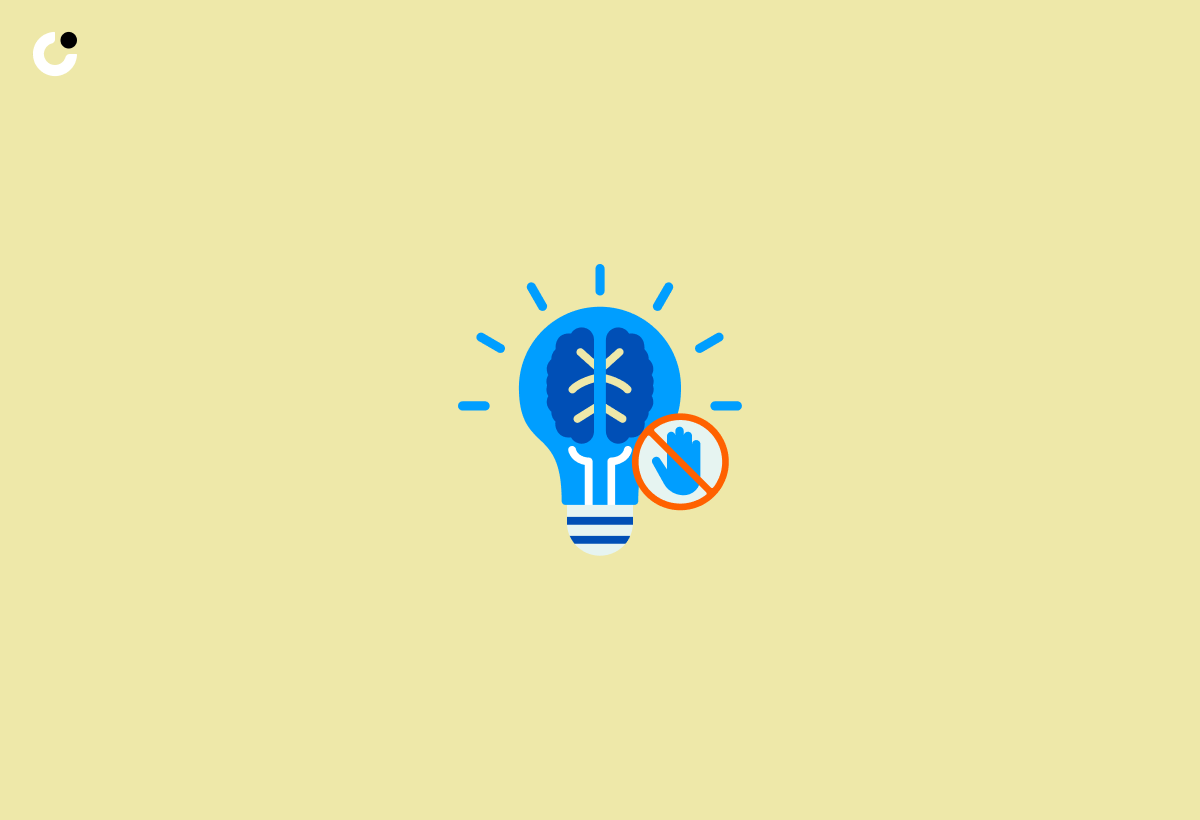
Understanding when to cease sending follow-up emails in a cold email campaign is critical in order to avoid irritating the recipient and to guarantee that the message is effective. A low response rate may indicate that the prospect is not interested or that the email is not effective. Conversely, a high response rate suggests that the prospect is engaged and there is potential for further communication. Monitoring the response rate can help to evaluate the effectiveness of the cold email campaign and decide when to discontinue sending follow-ups.
Leveraging Cold Email Tools and Analytics
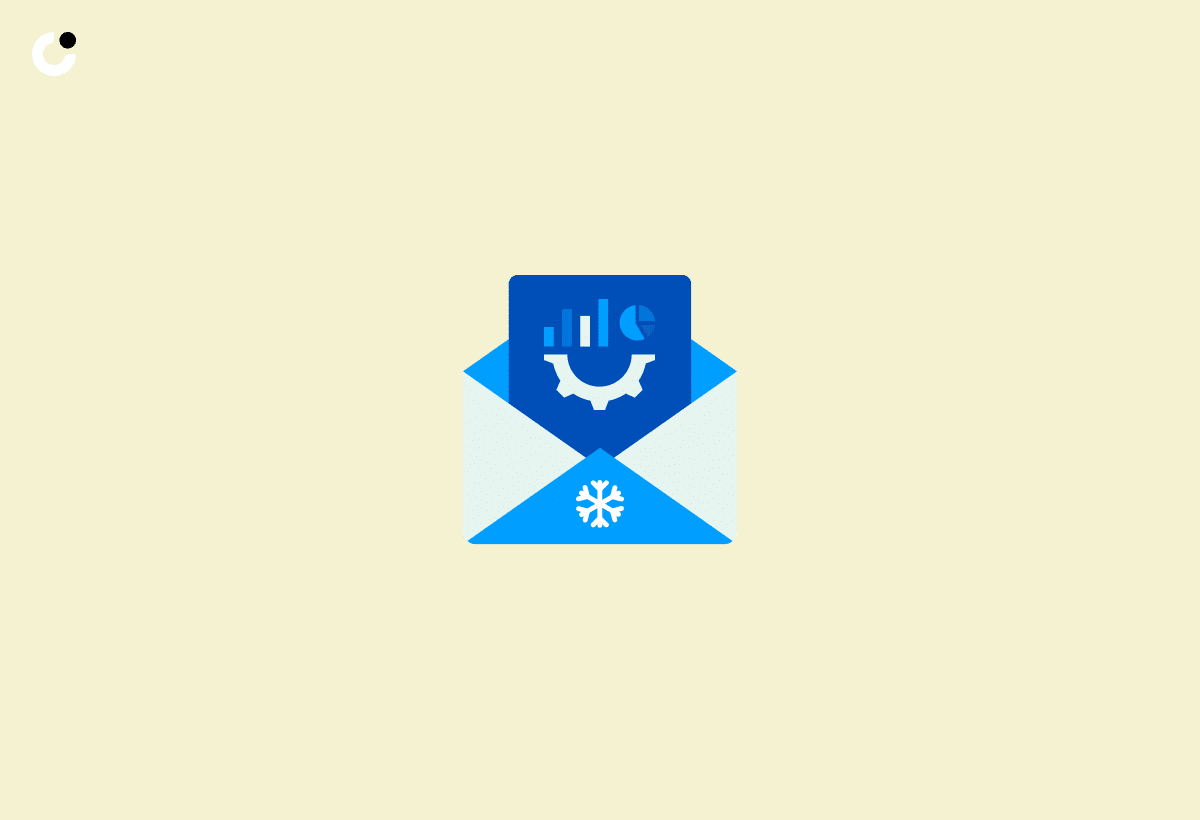
Using cold email tools and analytics can significantly enhance the effectiveness of your cold email campaigns. These tools can help you streamline your outreach efforts, track the performance of your campaigns, and optimize your messaging for better results.
The upcoming subsections will cover how to choose the right cold email software, analyze campaign performance, and optimize your cold emails through A/B testing.
Choosing the Right Cold Email Software

When selecting the appropriate cold email software, it is important to consider the features it provides, the pricing structure, and its compatibility with other business tools. By researching and comparing the pricing and features of different cold email software, you can find the best fit for your needs and ensure that your cold email campaigns are as effective as possible.
Some of the highest-rated cold email software currently available include:
- Saleshandy
- Yesware
- Snov.io
- Woodpecker
- GMass
- Lemlist
- Smartreach.io
- Mailshake
- Salesloft
- Outreach
- HubSpot
- Mixmax
- Reply.io
- Klenty
- Overloop
- Quickmail
- Mailrush.io
- Emelia
Analyzing Campaign Performance

Evaluating the performance of your cold email campaigns is essential for optimizing your outreach efforts and bolstering business growth. By tracking key performance indicators (KPIs) such as open rates, click-through rates, and response rates, you can gain valuable insights into the effectiveness of your campaigns and make necessary adjustments to enhance future outreach efforts.
Additionally, analyzing the results of your campaigns can help you identify areas for improvement and ensure that your cold emails are as effective as possible.
A/B Testing and Optimization
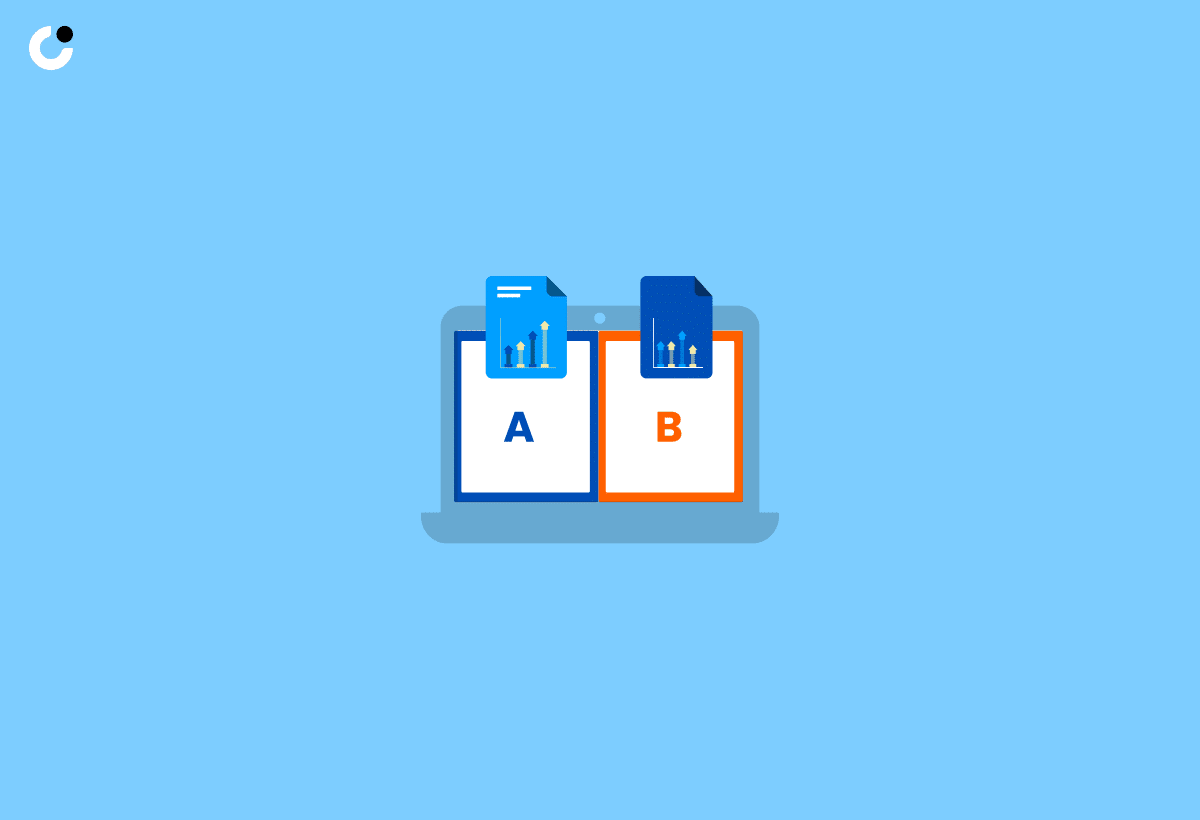
A/B testing is a powerful method for evaluating the effectiveness of your cold email campaigns and optimizing them for better results. By comparing the performance of different email variations, such as subject lines, email body, or call-to-action, you can gain valuable insights into what resonates with your target audience and refine your messaging for maximum effectiveness.
This data-driven approach can help you continuously improve your cold email outreach and achieve better results over time.
Cold Email Etiquette and Best Practices
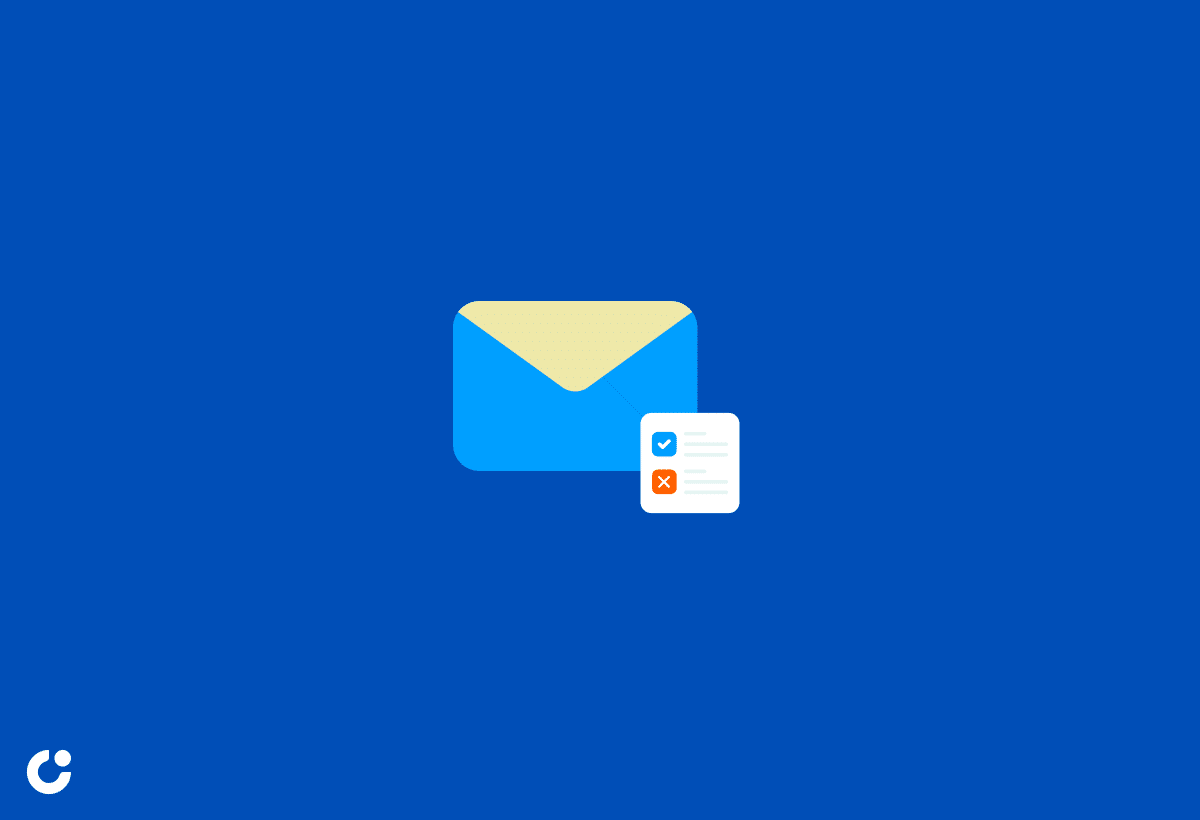
Adhering to proper etiquette and best practices in cold emailing ensures that your emails are professional and effective. By proofreading and error checking your emails, complying with privacy and anti-spam laws, and avoiding common cold email pitfalls, you can improve the success of your cold email campaigns and create a positive impression with your prospects.
Proofreading and Error Checking
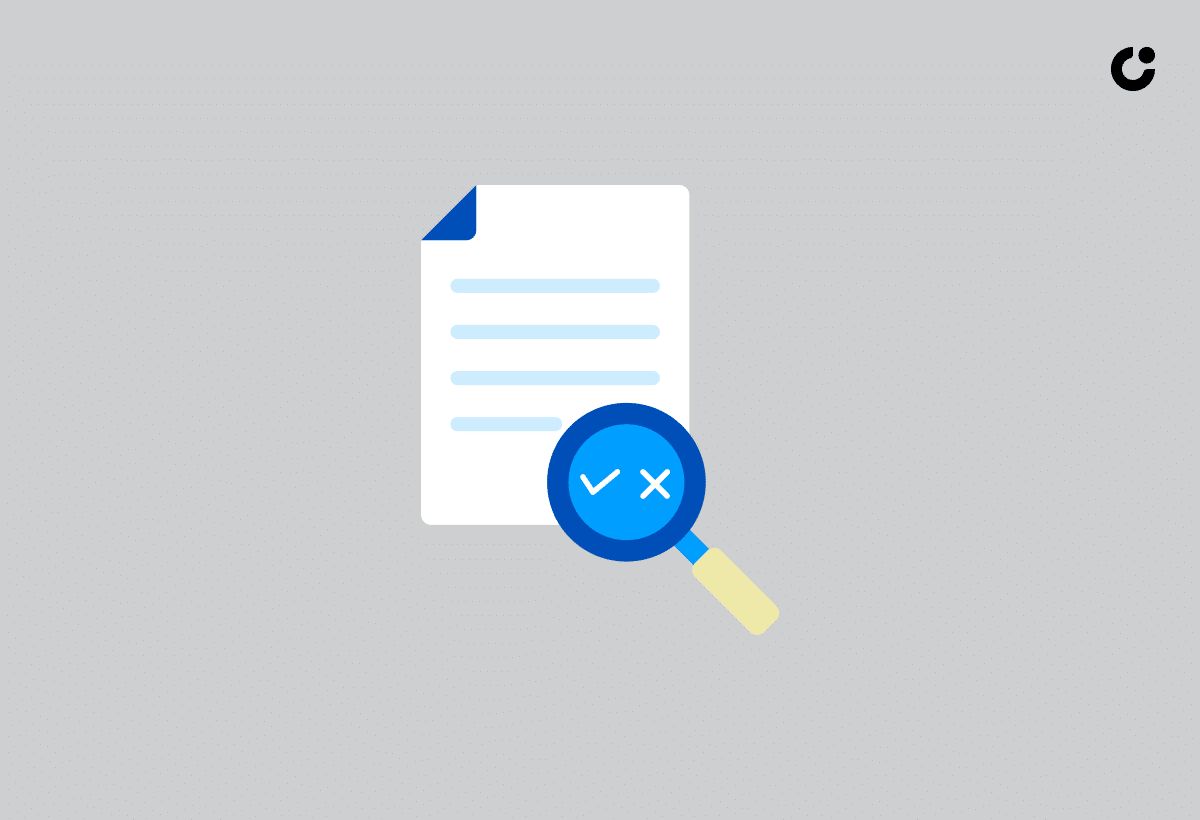
Proofreading and error checking are imperative to guarantee that your cold emails are professional and free of any typographical errors or mistakes. By taking the time to carefully review your emails before sending them, you can ensure that your message is clear, concise, and free of errors that could potentially damage your credibility or hinder the effectiveness of your campaign.
Additionally, using tools such as Grammarly or PerfectIt can help you detect errors and enhance the quality of your cold emails.
Summary
In conclusion, crafting a winning cold email requires a deep understanding of your target audience, careful research, and a strategic approach to messaging. By following the principles outlined in this guide, you can create compelling cold emails that resonate with your prospects, drive meaningful results for your business, and ultimately build lasting relationships with your potential clients. With persistence, personalization, and the right tools at your disposal, you can master the art of cold emailing and propel your business to new heights.
Frequently Asked Questions
How do you write a cold email that hooks your prospect's attention?
To write an effective cold email that hooks your prospect's attention, make sure to create a personal connection with the recipient by focusing on their needs and presenting a clear value proposition. Craft your email so that it captures the reader's interest with a compelling call to action and professional tone. Finally, include a From Line, Subject Line, and Email Signature for a perfect finishing touch.
What is it when you cold message a potential client?
Cold emailing is a sales outreach technique where you send personalized emails to someone you don't know, in order to initiate contact and establish a relationship. It's often used for content marketing purposes such as promoting content or adding backlinks.
Are cold emails illegal?
No, cold emailing is not illegal. It is legal as long as the rules and regulations provided by the relevant authorities in the recipient's region are abided by. There are laws in place to protect people from spam emails.
Does cold emailing work for getting clients?
Cold emailing can be an effective way to reach new clients, as long as it is done in a professional and targeted manner. Carefully crafted follow-up emails and persistence may help to encourage prospects to respond, increasing the chances of success.
How do I find clients for cold email?
Research your target market, create a list of qualified prospects, search for their email addresses, launch your cold email outreach, follow up on prospects, automate your process, and close deals to retain customers - these are the seven steps to finding clients with cold email outreach.

